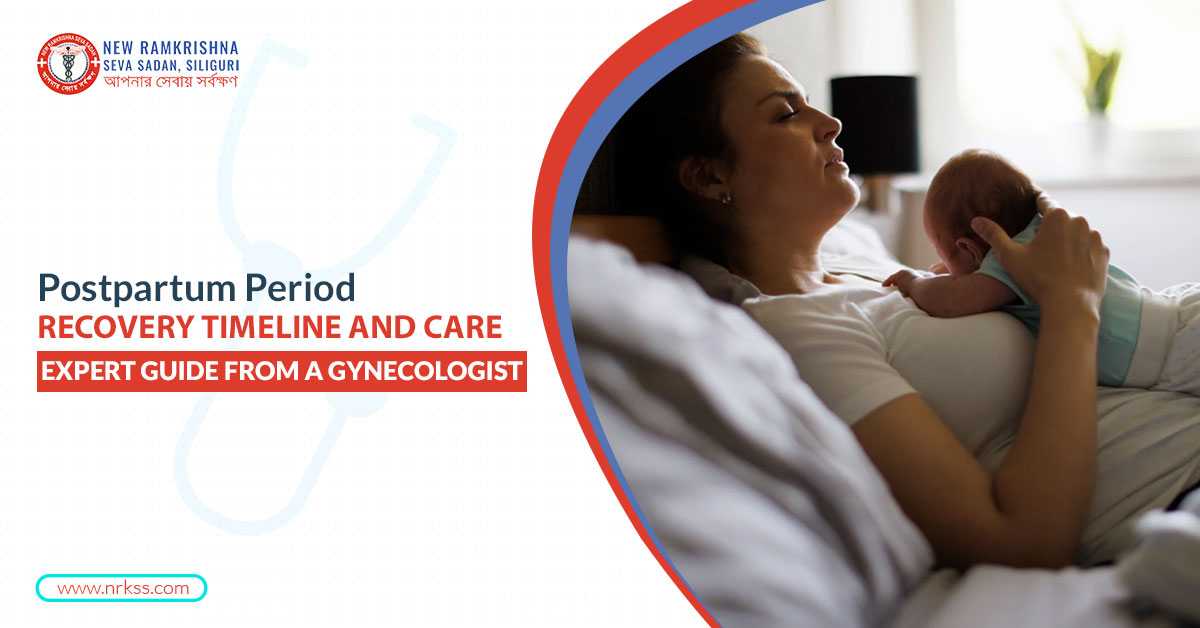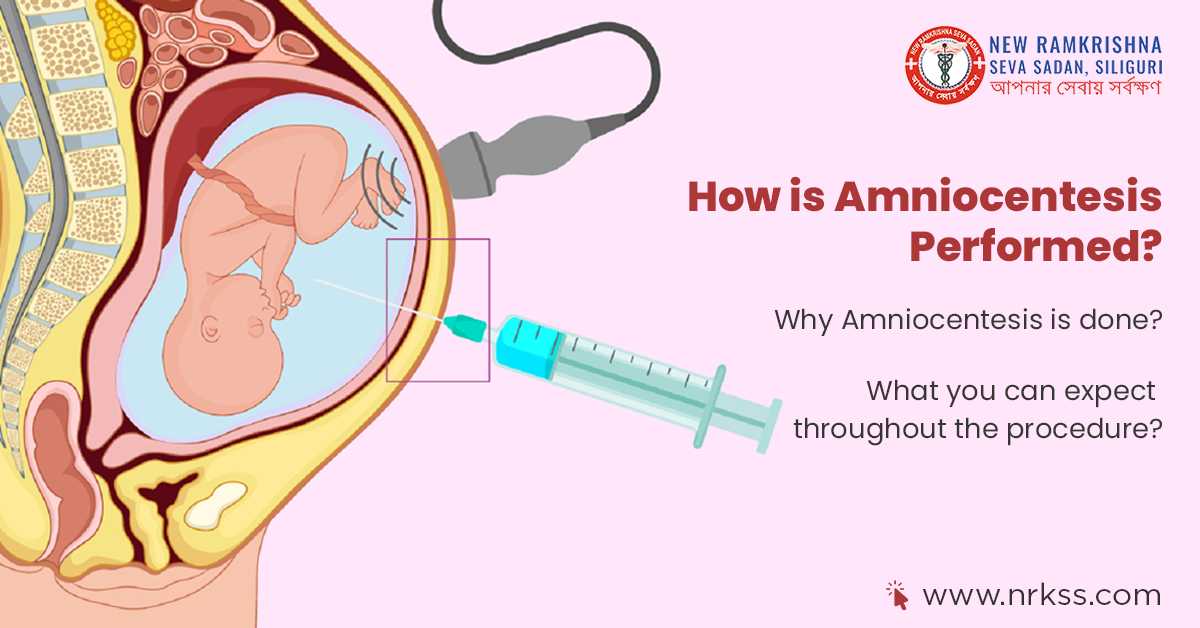Generally, amniocentesis is performed during pregnancy to verify the health risks of a baby such as birth defects, genetic disorders, or lung maturity. For women who have a high-risk pregnancy doctors advise them to receive such medical procedures. Amniocentesis test refers to a medical process in which a little amount of amniotic fluid is taken out for testing. This fluid safeguards the fetus prevents injury, infection, and helps regulate its right temperature as well. Also assists the proper movement and development of the baby.
Why amniocentesis is done?
- Genetic Testing- is essential to identify certain health conditions for example cystic fibrosis, Down syndrome, etc.
- Fetal Lung Examination-to confirm if the baby’s lungs are well developed for birth.
- Diagnosing Fetal Infection- this procedure allows a doctor to discover certain illnesses or infections in the baby. Doctors can also detect the severity of anemia in the baby who has Rh sterilization.
- Paternity Testing-during amniocentesis test doctor collects DNA from the embryo to compare with the DNA of the biological father.
- Treatments-women dealing with excess accumulation of amniotic fluid during pregnancy is successfully removed with this medical process.
What you can expect throughout the procedure?
Amniocentesis basically comes with an outpatient facility.
Before Amniocentesis-
Follow the guidance of your doctor properly before entering the procedure. Do not skip telling your doctor if you’ve allergies also let him/her know about your medication.
During Amniocentesis-
Your health care provider will tell you to lie back on the bed and then he/she will-
- Clean your abdominal section with antiseptic
- Apply a medicated gel on your abdomen to prepare you for the ultrasound.
- Move the device( ultrasound transducer) to capture the images of the baby on the monitor and also to determine the actual location of the baby in your uterus.
- Follow the instructions of the ultrasound, then your doctor will use an antiseptic before inserting a fine needle through the abdominal wall and the uterus.
- Withdraw a little amount of amniotic fluid through the syringe and remove it accordingly.
- Record your baby’s movement and heartbeat as well.
The entire procedure takes around twenty minutes.
After Amniocentesis-
You may feel a little discomfort, cramping which is normal to experience. But if you see-
- Serious uterine pain
- Bleeding from your vagina
- Or redness around the area
You should call your doctor straight away.
Tips-
Avoid strenuous activities at least for a few days. Do not involve in sexual intercourse for two days or more depending on your condition.
Cover Image Courtesy : https://www.invitra.com/en/amniocentesis/






